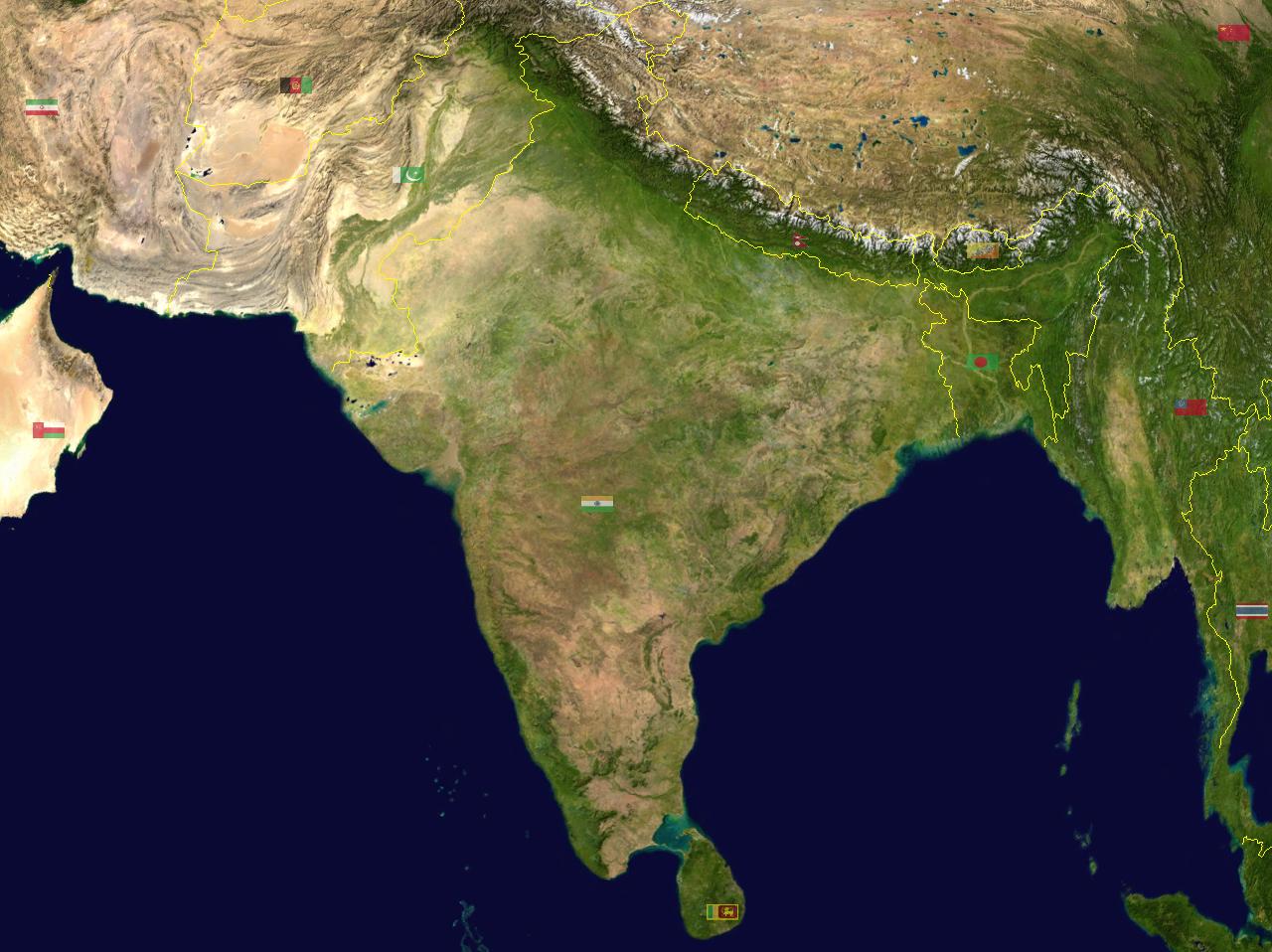Early civilization known for purple dye, sea voyages, and an early alphabet
Phoenicia
What is the literal translation of "Mesopotamia?"
land between two rivers
Name the landform pictured here

Peninsula
What is a knight?
man who received honor and land in exchange for protecting a lord or royal
Established one of the earliest codes of law; Babylonian
Hammurabi
Abraham
Describe the pros and cons of Mesopotamian flooding
Pros: fertile land
Cons: high water swiftly destroyed and killed
Geography impacts history. Most early civilizations began near _______________.
Rivers/bodies of water
Who owned the land in the feudal system?
Kings (sometimes lords)
Queen of Egypt who aligned herself with powerful men to maintain power
Cleopatra
Unites Israel in 1000 B.C.; also writes many psalms
King David
Name the two rivers associated with Mesopotamia.
Tigris and Euphrates
The Egyptian delta is located in which portion of Egypt, Upper or Lower?
Lower
What would one find on a Medieval manor?
farm fields, pastures, even an entire village!
Greek poet credited with creating the epics the Iliad and the Odyssey
Homer
What is the Torah?
What is a ziggurat?
a temple of ancient Sumerians and Babylonians
Historians and scientists believe that the Himalayan mountains were formed by what amazing geographical event?
India broke away from Madagascar and drifted north at somewhat quick geological speed. When it crashed into the Eurasian continent, the mountains pushed upward.
The Catholic Church was a main source of education during the Medieval period. Name another type of systemic institution run by the church that still exists today.
hospitals
Chinese emperor who expanded the Chinese Empire under the Han Dynasty; made Confucianism the state religion
Wudi
In 587 B.C., the Chaldean Babylonians destroyed Jerusalem. Describe what happened to the Israelites at that point.
There were taken into exile to Babylon, where they remained for 70 years.
Sargon II and Nebuchadnezzar II represent which fierce "rival" empires of Mesopotamia?
Assyria and Babylon
Maps and globes each have useful purposes. Name a major disadvantage of a map versus a globe. (more than one answer is possible)
maps distort the earth's features because maps are flat and the earth is curved
Describe the stages of apprenticeship in the Medieval guild system
began as young as age 7 or 8; was unpaid; became a journeyman; created a masterpiece; could work on his own
One of the best-preserved bodies from prehistory that has ever been found; believed to be from the Copper Age
Iceman